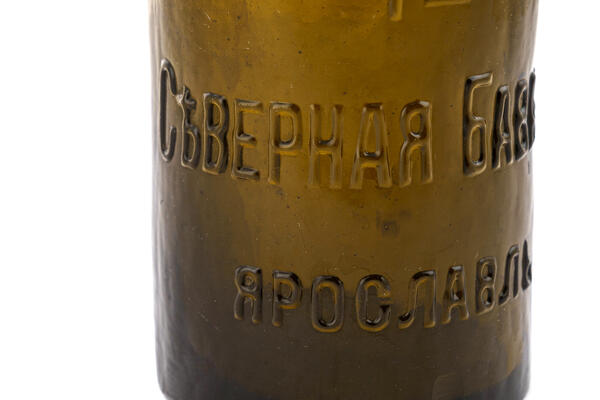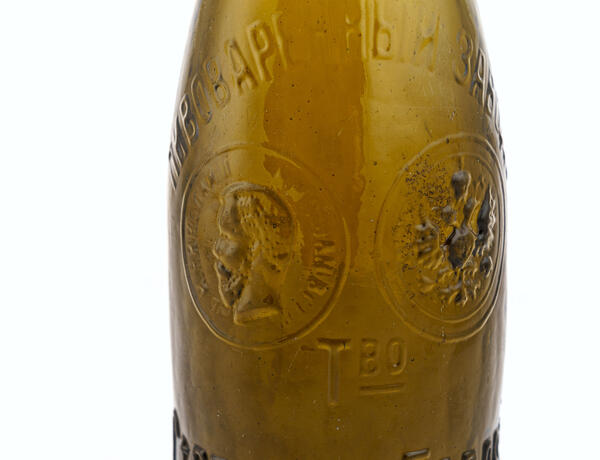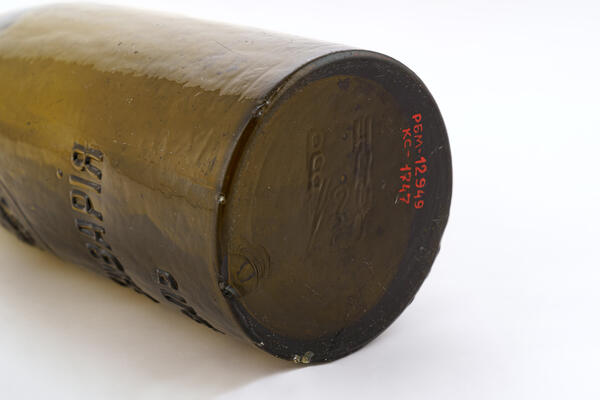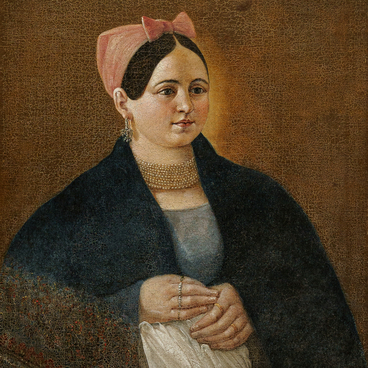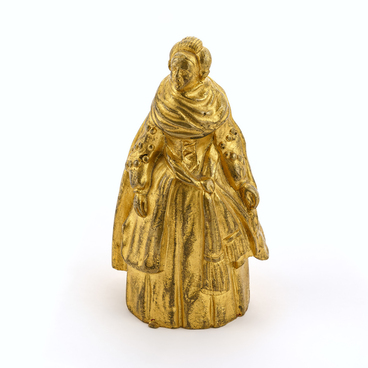The first beer bottles were made of clay. As pottery advanced, these clay containers began to be decorated with a two-color glaze and a stamp with the name of the pottery workshop. Ceramic containers were in use in the 19th century and up until the beginning of the 20th century. These containers were arguably better than glass bottles, as they protected the beverage from the harmful effects of sunlight on the hop acids in the beer. However, clay containers were substantially heavier, so they were unable to compete with glass bottles.
In the 17th century, brewers began filling beer into glass containers for the first time. However, these glass containers were not widely adopted due to the high pressure from secondary fermentation and the brittleness of handcrafted glass. Despite being sealed with cork and wire, glass beer containers would often explode. The first glass containers often had thick walls and were almost black, as after bottling, they were often moved and reused due to the high cost of glass.
In the 18th century, bottled beer remained a luxury product and was typically used for export only. The process of bottling was done manually and was quite expensive. Outside of Europe, bottles were very rarely used.
In the mid-19th century, a new technology for bottle manufacturing was introduced in Russia. Instead of blowing the bottles, molten glass was now poured into special machines, significantly reducing the cost and speeding up the process. At that time, each beverage in Russia corresponded to a specific bottle shape and color. There were bottles for beer, liquor, cognac, as well as simple bottles, dining bottles, champagne bottles, and bottles for English bitter infused vodka.
When ordering bottles for their products, various companies ensured their originality and recognition among consumers. All prominent alcohol producers had their own unique “branded” bottles.
Under Nicholas II, Russia adopted a “Regulation on Glassware”. According to this regulation, each manufacturer was required to affix a stamp to the bottle bearing their own brand, the location of their factory, and the year of production. The presence of an eagle on the bottle signified the highest state award for having won an exhibition that was visited by members of the royal family.
